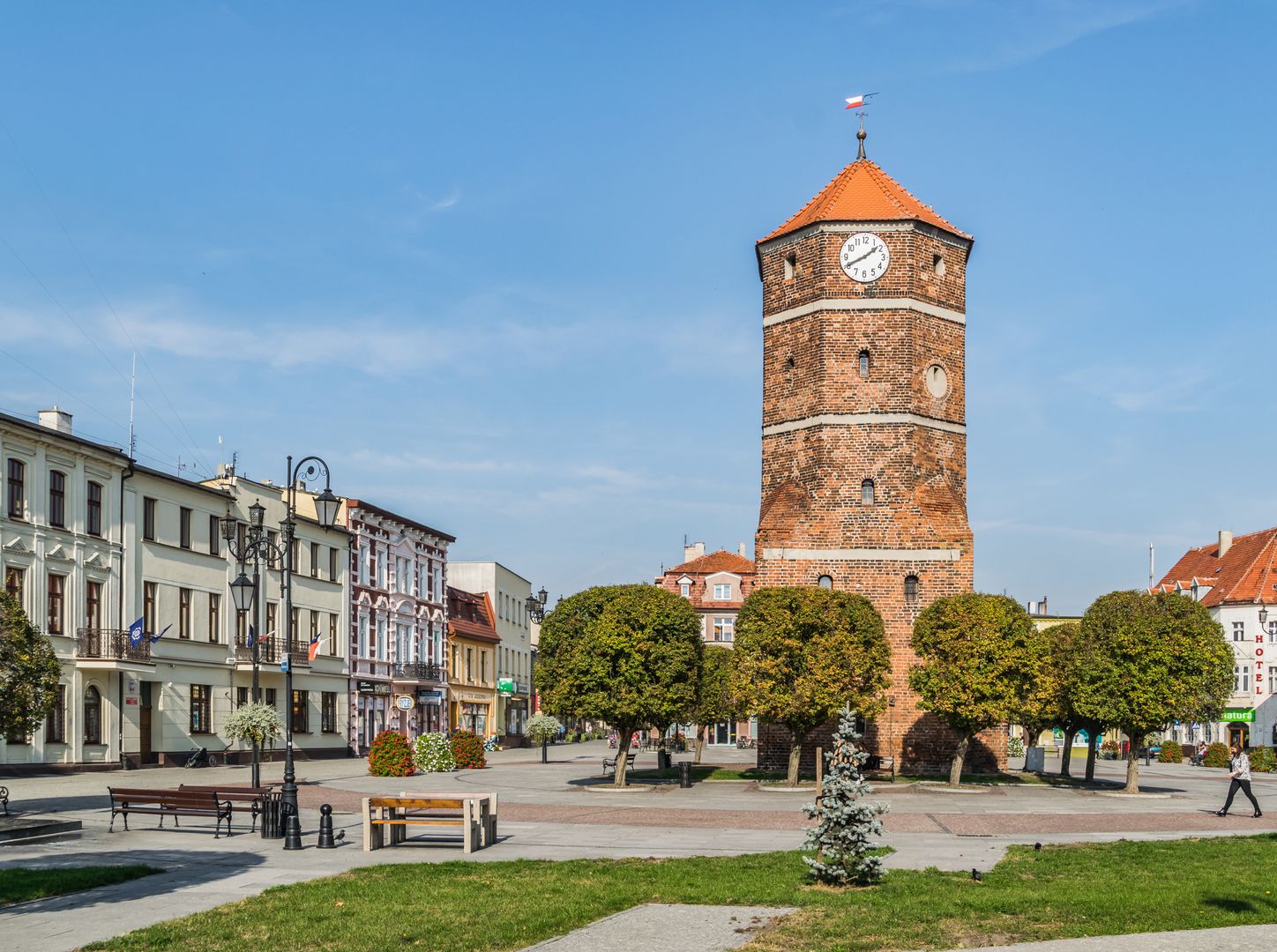Żnin
6.01

Overview
Żnin is a town located in the Kuyavian-Pomeranian Voivodeship, known for its rich history dating back to prehistoric times, as well as its architectural and cultural treasures. The first settlements in the Żnin area have their roots in the Paleolithic period. The town, whose history is closely tied to the Catholic Church, was granted municipal rights in 1284, as confirmed by the Gniezno Bull. Żnin stood out as an important transportation and trade hub, situated on the Amber Route, which contributed to its economic development. In the Middle Ages, the town was surrounded by defensive walls and featured numerous structures, including the Gothic Church of St. Florian and the town hall tower. In the 18th century, a Neoclassical suffragan's manor was commissioned by Bishop Łubieński. The culture of Żnin flourished continuously, evidenced by the establishment of the Shooters' Brotherhood in 1424 and the growth of crafts and trade. Political changes and wars, such as the Thirteen Years' War and the Swedish Deluge, weakened the town, but in the 19th century, Żnin experienced dynamic growth, and after World War I, it reemerged as an important regional center, abundant with new industrial plants. The town is also known for the publishing house of Anna and Alfred Krzycki, which contributed to the popularization of the press in Poland. Today, Żnin boasts numerous historical monuments, including churches, the former town hall, and the town hall tower, which reflect its centuries-old history. As a place with a rich tradition, Żnin also has several partner towns, such as Albertirsa in Hungary and Malacky in Slovakia. Currently, the town hosts various educational institutions that educate younger generations, including the Śniadecki Brothers First General Secondary School. Żnin can pride itself on its attractive location in a beautiful area, which attracts tourists, as well as its rich cultural heritage, which contributes to the lasting identity of the local community.
Location
2025 Wizytor | All Rights Reserved